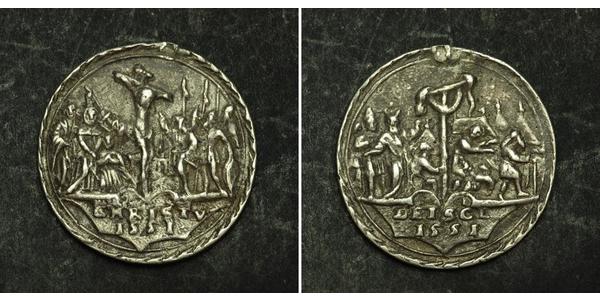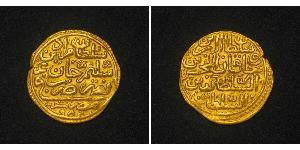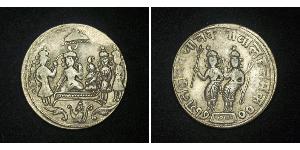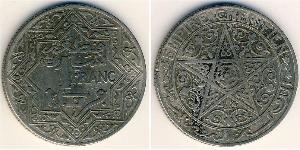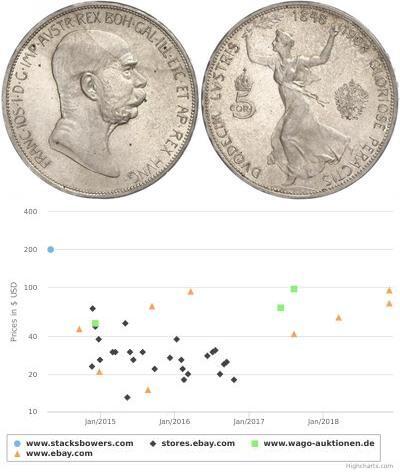(sold for $31.0)
1551, Bohemia, Ferdinand I. Scarce Cast Silver Black Death Protection Medal.
Region: Joachisthal (Bohemia)
Ruler: Emperor Ferdinand I (Holy Roman Empire)
Condition: Removed suspension loop, otherwise VF+
Reference: Donebauer 4359 var., Katz 367 var. (here a smaller issue without legends in outer rim). R!
Cast Year: 1551 (here possibly a later 16th-17th century re-cast, after the original by Nickel Milicz)
Diameter: 26mm
Material: Silver
Weight: 6.23gm
Obverse: Crucifixion scene, three roman soldiers with spears to right, a man helping seated woman to left.
Comment: The (roman) soldiers are wearing 17th century clothes and hats!
Legend: CHRISTV / 1551
Reverse: A biblical scene showing a bronze serpent on a pole at the camp of the Isrealites.
Legend: DEISCL / 1551
In the biblical Book of Numbers, the Nehushtan (or Nohestan) (Hebrew: נחושתן or נחש הנחושת) was a bronze serpent on a pole which God told Moses to erect to protect the Israelites who saw it from dying from the bites of the "fiery serpents" which God had sent to punish them for speaking against God and Moses.
Nickel Milicz (active 1544-70), was the son of Wolf Milicz, was a goldsmith and medallist also in St. Joachimsthal as well as Prague and based many of his medals after Durer designs. His father Wolf Milicz (active 1533-44) was a medallist at St. Joachimsthal and is known for his numerous portraits for the House of Austria and of Saxony as well as his religious medals. St. Joachimsthal (Iachymov) is located in Bohemia and belongs to the "Erzgebirge" group. The close proximity of silvermines to this area resulted in whole families setting up workshops there to produce medals on a nearly industrial scale. Medals of the Milicz Family are among the medals section highlights in the most distinguished Museums, such as the State Hermitage Museum in St. Petersburg, Russia.
Joachimsthal (Jáchymov) is situated at an altitude of 733 m above sea level in the eponymous St. Joachim's valley in the Ore Mountains, close to the border to Germany.
The Joachimsthaler coins minted there in the 16th century became know as thaler for short, with Dollar and similar words for monetary units in many languages deriving from it.
At the beginning of the 16th century, silver was found in the area of Joachimsthal. The exploitation of this valuable resource caused the place to grow rapidly, and made the Counts von Schlick, whose possessions included the town, one of the richest noble families in Bohemia. The Schlicks had coins minted, which were called Joachimsthalers. They gave their name to the Thaler and the dollar. The fame of Joachimsthal for its ore mining and smelting works attracted the scientific attention of the doctor Georg Bauer (better known by the Latin form of his name, Georgius Agricola) in the late 1520s, who based his pioneering metallurgical studies on his observations made here.
In 1523, Reformation was beginning. In the Schmalkaldic War (1546-47) Joachimsthal was occupied for a time by Saxon troops. When in 1621 the Counter-reformation and re-Catholicisation took effect in the town, many Protestant citizens and people from the mountains migrated to nearby Saxony.

|
Posted by:
anonymous 2016-05-02 |

